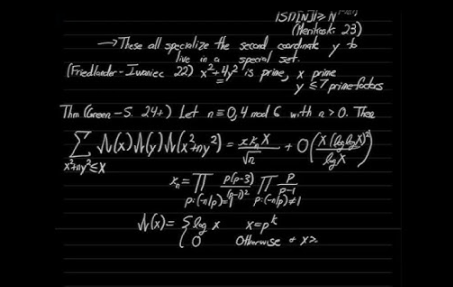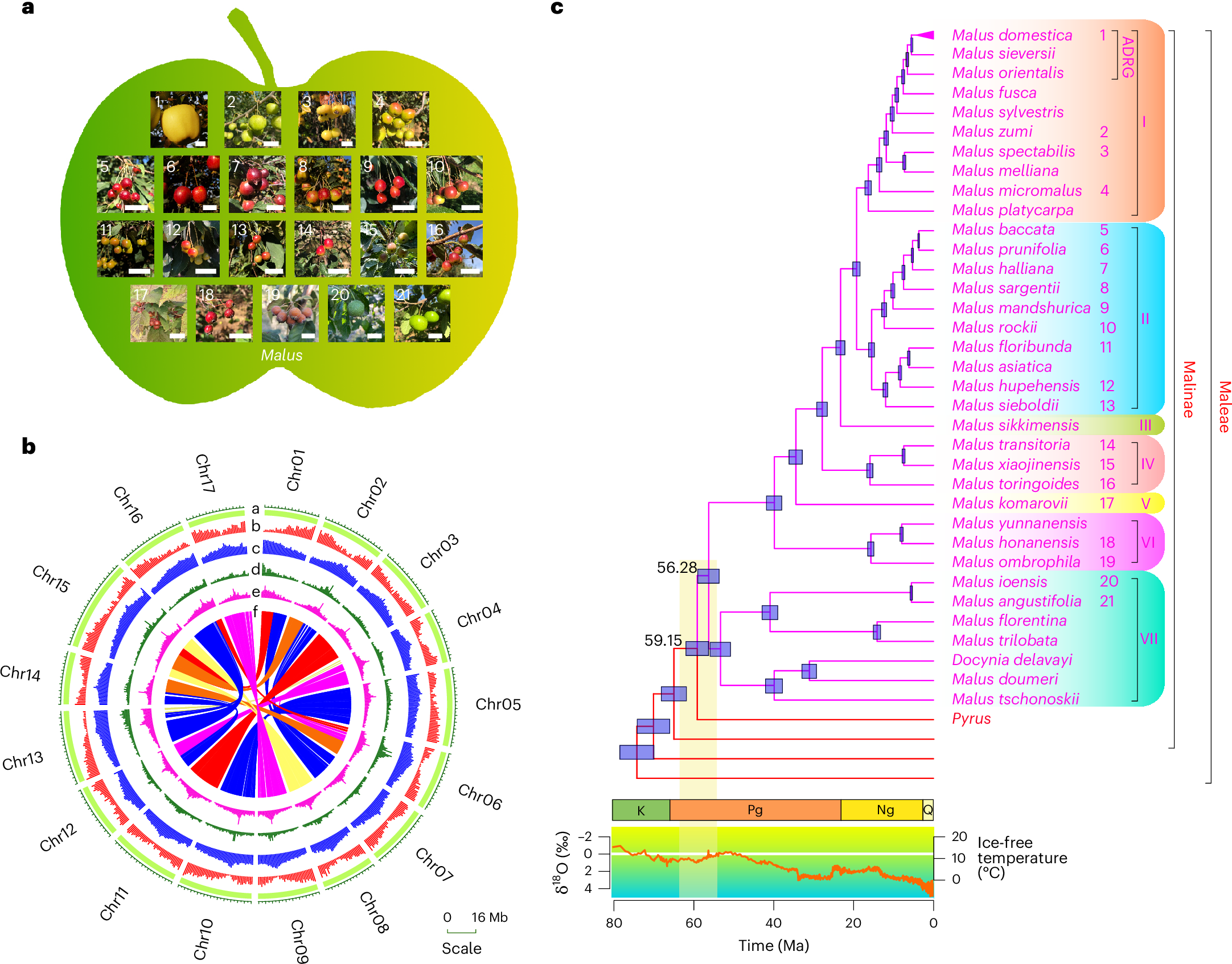2025-04-22 コロンビア大学

<関連情報>
- https://news.columbia.edu/news/math-professor-has-new-finding-primes
- https://arxiv.org/abs/2410.04189
- https://arxiv.org/pdf/2410.04189
p2+nq2の形の素数 Primes of the form p2+nq2
Ben Green, Mehtaab Sawhney
arXiv last revised 12 Oct 2024 (this version, v2)
DOI:https://doi.org/10.48550/arXiv.2410.04189
Abstract
Suppose that n is 0 or 4 modulo 6. We show that there are infinitely many primes of the form p2+nq2 with both p and q prime, and obtain an asymptotic for their number. In particular, when n=4 we verify the `Gaussian primes conjecture’ of Friedlander and Iwaniec.
We study the problem using the method of Type I/II sums in the number field Q(√−n). The main innovation is in the treatment of the Type II sums, where we make heavy use of two recent developments in the theory of Gowers norms in additive combinatorics: quantitative versions of so-called concatenation theorems, due to Kuca and to Kuca–Kravitz-Leng, and the quasipolynomial inverse theorem of Leng, Sah and the second author.
PRIMES OF THE FORM p2+nq2
BEN GREEN AND MEHTAAB SAWHNEY
Abstract.
Suppose that n ≡ 0 or n ≡ 4 mod 6. We show that there are infinitely many primes
of the form p2 + nq2 with both p and q prime, and obtain an asymptotic for their number. In
particular, when n = 4 we verify the ‘Gaussian primes conjecture’ of Friedlander and Iwaniec.
We study the problem using the method of Type I/II sums in the number field Q(√−n). The
main innovation is in the treatment of the Type II sums, where we make heavy use of two recent
developments in the theory of Gowers norms in additive combinatorics: quantitative versions of socalled concatenation theorems, due to Kuca and to Kuca–Kravitz-Leng, and the quasipolynomial inverse theorem of Leng, Sah and the second author.
Contents
1. Introduction
2. Number fields and weight functions
3. Sieve setup-reduction to Type I and Type II statements
4. Gowers norms and main proof framework
5. Preliminaries on concatenation and Gowers–Peluse norms
6. Type I up to X1/2/(log X)A
7. Type II estimates up to X1/2−o(1)
8. Computing the asymptotic
Appendix A. Properties of the Gowers and Gowers–Peluse norms
Appendix B. Proof of concatenation estimates
Appendix C. A large sieve bound in several dimensions
Appendix D. Number-theoretic bounds
References



